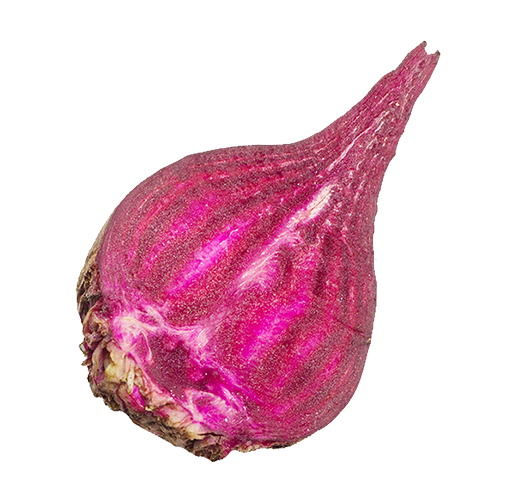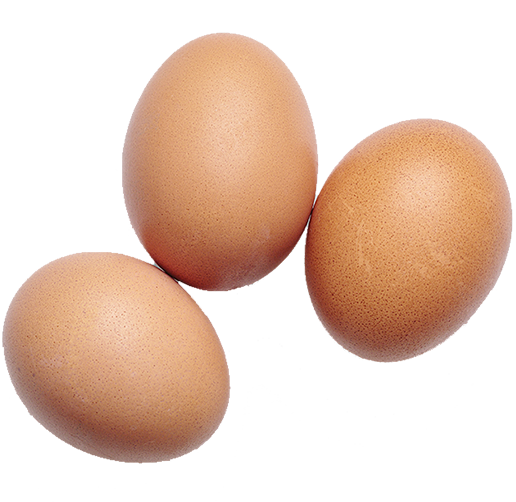One cannot think well, love well, sleep well, if one has not dined well.
Fames amet, amet elit nulla tellus, arcu pulvinar bibendum leo.

Mi elementum morbi.
Mauris blandit aliquet elit, eget tincidunt nibh pulvinar a. Vivamus suscipit tortor eget felis porttitor.

Suspendisse mauris tristique.
Curabitur aliquet quam id dui posuere blandit. Mauris blandit aliquet elit, eget tincidunt nibh.

Eget lectus ultrices mauris.
Cras ultricies ligula sed magna dictum porta. Proin eget tortor risus. Quisque velit nisi, pretium ut.







